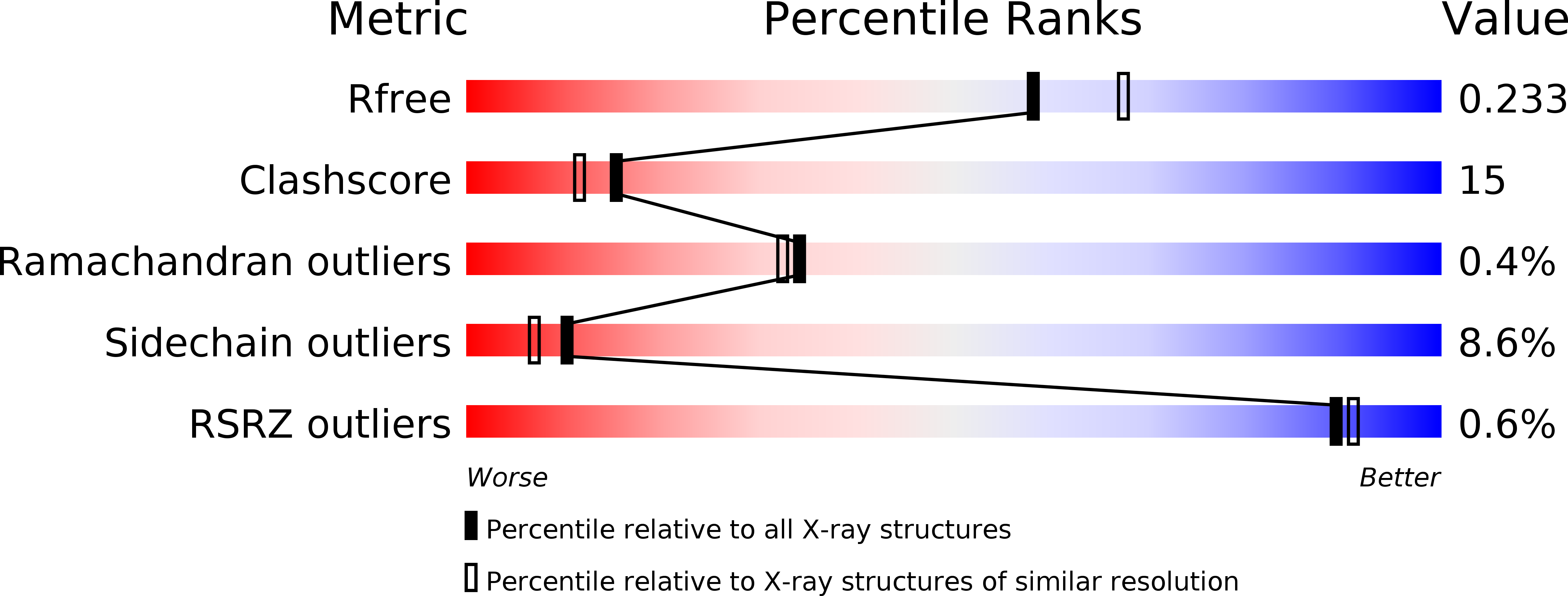
Deposition Date
2018-03-27
Release Date
2018-11-28
Last Version Date
2023-11-22
Entry Detail
PDB ID:
5ZL6
Keywords:
Title:
Histidine Racemase from Leuconostoc mesenteroides subsp. sake NBRC 102480
Biological Source:
Source Organism:
Leuconostoc mesenteroides subsp. sake (Taxon ID: 1123962)
Host Organism:
Method Details:
Experimental Method:
Resolution:
2.10 Å
R-Value Free:
0.23
R-Value Work:
0.17
R-Value Observed:
0.17
Space Group:
P 1 21 1


